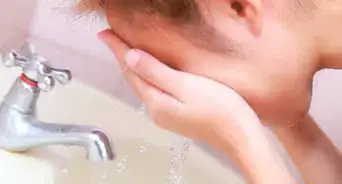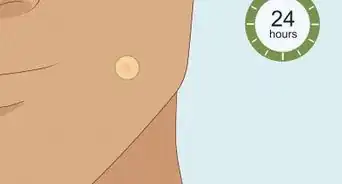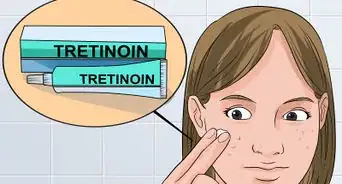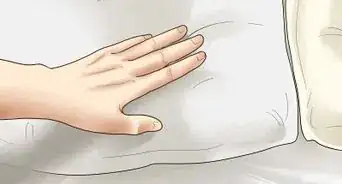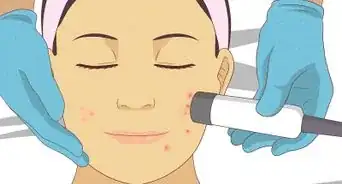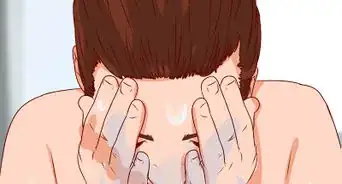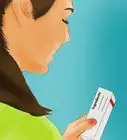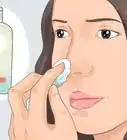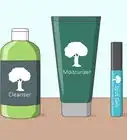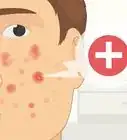This article was co-authored by Laura Marusinec, MD. Dr. Marusinec is a board certified Pediatrician at the Children's Hospital of Wisconsin, where she is on the Clinical Practice Council. She received her M.D. from the Medical College of Wisconsin School of Medicine in 1995 and completed her residency at the Medical College of Wisconsin in Pediatrics in 1998. She is a member of the American Medical Writers Association and the Society for Pediatric Urgent Care.
There are 8 references cited in this article, which can be found at the bottom of the page.
This article has been viewed 30,963 times.
Clearasil Ultra Rapid Action Vanishing Treatment Cream is a spot-treatment for pimples or acne. Clearasil is widely known for its inexpensive, and yet effective acne products. The main active ingredient of the cream is benzoyl peroxide.[1] Use this product correctly to clear up your pimples.
Steps
Applying the Cream
-
1Determine if you are allergic. If this is your first time using this product, make sure that you are not allergic to it. Use a small amount of the product on a small area of acne for three days. If you do not have an allergic reaction, go ahead and use the product. If you do have an allergic reaction, do not use the product and see a healthcare professional.[2]
- Signs of an allergic reaction include redness, itching, swelling, pain, hives, or other rashes on the skin.
-
2Wash your face with a mild cleanser. Before you put the cream on any blemish you may have, you should first cleanse your skin of dirt or oil. Use a mild, oil-free cleanser and then rinse it off with warm water.
- Pat your face dry using a clean towel. However, avoid rubbing your skin, as this could damage your skin and cause further breakouts.
Advertisement -
3Apply the cream to your face. Put a pea-sized amount of cream on your fingertips and apply a thin layer of cream to your skin where the blemish has formed. Allow the cream to dry before touching your face or applying any other products.
- Avoid getting this cream in your eyes, nose, or mouth.
- While it is not recommended, you can apply makeup over the acne cream, so long as it has dried completely before you apply the makeup.
- Wash your hands after you apply the cream.[3]
-
4Use the cream twice a day. After the initial application, continue to apply the cream once in the morning and once at night.[4] Applying the cream twice will help to maximize its effectiveness. If you experience dryness or irritation when using the cream twice a day, cut back and use the cream only once a day.
- Your skin may get a little worse before it starts to get better.[5]
- Continue to apply the cream, even if the pimple begins to disappear. You can stop applying the cream after the pimple has disappeared completely.
-
5See a dermatologist. Your skin should improve after using the product for 3 weeks. After 8-12 weeks of use, you will see the maximum benefit. If your acne gets worse or does not get any better while using the cream, go see a dermatologist.[6] Your doctor will be able to assess your skin and prescribe you a different medication.
Caring for Your Skin While Using the Cream
-
1Use sunscreen regularly. The chemicals in the cream will make your skin more sensitive to the sun and increase your risk of sunburn. Steer clear of prolonged sun exposure when using this product. Apply sunscreen everyday when you use this cream. Look for an oil-free, non-comedogenic broad spectrum sunscreen with an SPF of at least 30.
-
2Be mindful of possible side effects. Using this product can cause minor side effects to occur. These symptoms are normal if you have sensitive skin, and should subside relatively quickly. However, if the side effects persist, or get worse, stop using the product. If irritation persists after you have stopped using the product, call your doctor. Applying an oil-free moisturizer at night will often reduce these side effects. Side effects may include:
-
3Do not use with Dapsone topical medication. Dapsone (Aczone) is a prescription cream that is only available through a doctor.[11] If you are using this drug along with your Clearasil, your skin and/or facial hair may turn yellow or orange.[12] If you are using Dapsone and would like to use Clearasil as well, talk to your doctor first. Also, monitor your skin for possible side effects.
-
4Avoid certain skin products. Your skin will be more sensitive when you use benzoyl peroxide. You do not want your skin to become irritated. Avoid using other topical acne medications when you use the cream unless your doctor tells you otherwise. If you are using another topical medicine, do not apply it within an hour of using the benzoyl peroxide. Avoid using these other types of skin products:[13]
- Peeling agents (e.g. resorcinol, salicylic acid, sulfur, or tretinoin)
- Hair removal products
- Products that cause sun sensitivity (e.g. products containing lime or spices)
- Astringents, shaving creams, or after-shave lotions with a high alcohol content
- Drying or abrasive cosmetics, soaps, and skin cleansers
Expert Q&A
-
QuestionShould I keep use Clearasil tonight if this morning I put it on and it is now itchy? I think my skin is getting a little patchy?
 Laura Marusinec, MDDr. Marusinec is a board certified Pediatrician at the Children's Hospital of Wisconsin, where she is on the Clinical Practice Council. She received her M.D. from the Medical College of Wisconsin School of Medicine in 1995 and completed her residency at the Medical College of Wisconsin in Pediatrics in 1998. She is a member of the American Medical Writers Association and the Society for Pediatric Urgent Care.
Laura Marusinec, MDDr. Marusinec is a board certified Pediatrician at the Children's Hospital of Wisconsin, where she is on the Clinical Practice Council. She received her M.D. from the Medical College of Wisconsin School of Medicine in 1995 and completed her residency at the Medical College of Wisconsin in Pediatrics in 1998. She is a member of the American Medical Writers Association and the Society for Pediatric Urgent Care.
Board Certified Pediatrician You should wait and see how your itching and rash develop and not use it tonight. If the next day the itching and rash are better, you can try again, just make sure you are not putting on too much. You could also follow with a gentle facial moisturizer. Stick with once a day for a few days to make sure you tolerate it. You can go up to twice a day if the itching and rash go away. If the itching and rash continue, stop using the cream, and check with your doctor.
You should wait and see how your itching and rash develop and not use it tonight. If the next day the itching and rash are better, you can try again, just make sure you are not putting on too much. You could also follow with a gentle facial moisturizer. Stick with once a day for a few days to make sure you tolerate it. You can go up to twice a day if the itching and rash go away. If the itching and rash continue, stop using the cream, and check with your doctor.
References
- ↑ http://www.rbnainfo.com/productpro/ProductSearch.do?brandId=8&productLineId=877&searchType=PL&template=1
- ↑ http://reference.medscape.com/drug/benzac-ac-gel-desquam-x-benzoyl-peroxide-343480#91
- ↑ http://www.mayoclinic.org/drugs-supplements/benzoyl-peroxide-topical-route/proper-use/drg-20062425
- ↑ http://www.mayoclinic.org/drugs-supplements/benzoyl-peroxide-topical-route/proper-use/drg-20062425
- ↑ http://www.mayoclinic.org/drugs-supplements/benzoyl-peroxide-topical-route/precautions/drg-20062425
- ↑ http://reference.medscape.com/drug/benzac-ac-gel-desquam-x-benzoyl-peroxide-343480#91
- ↑ http://reference.medscape.com/drug/benzac-ac-gel-desquam-x-benzoyl-peroxide-343480#4
- ↑ http://reference.medscape.com/drug/benzac-ac-gel-desquam-x-benzoyl-peroxide-343480#4
- ↑ http://reference.medscape.com/drug/benzac-ac-gel-desquam-x-benzoyl-peroxide-343480#4
- ↑ http://www.mayoclinic.org/diseases-conditions/contact-dermatitis/basics/definition/con-20032048
- ↑ http://www.mayoclinic.org/drugs-supplements/dapsone-topical-route/description/drg-20067433
- ↑ http://reference.medscape.com/drug/benzac-ac-gel-desquam-x-benzoyl-peroxide-343480#3
- ↑ http://www.mayoclinic.org/drugs-supplements/benzoyl-peroxide-topical-route/precautions/drg-20062425
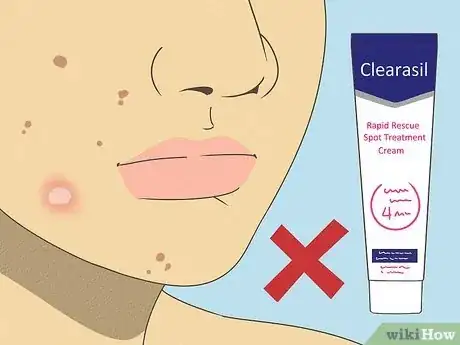
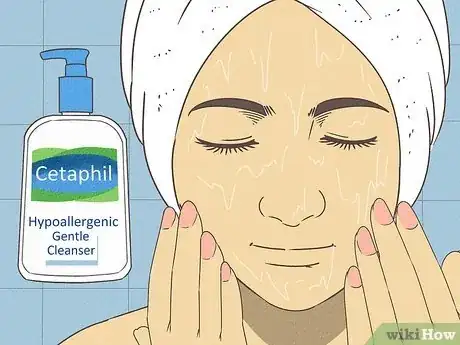
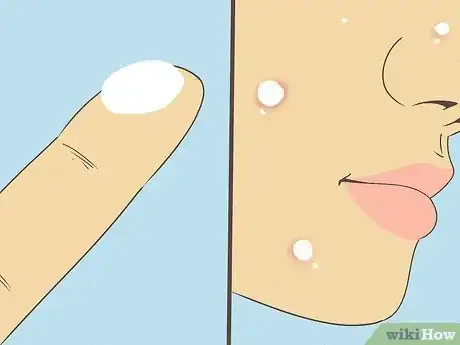
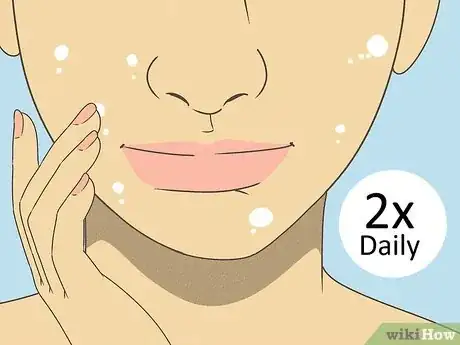
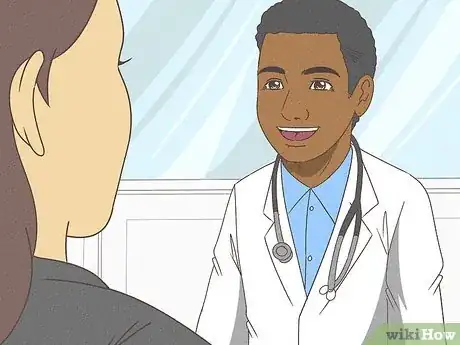
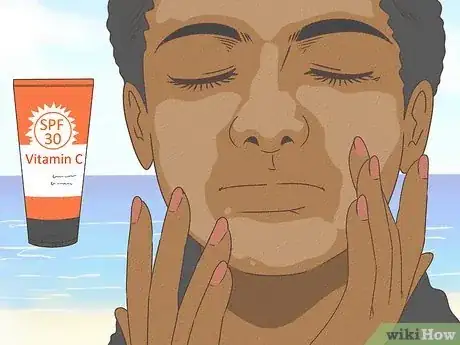
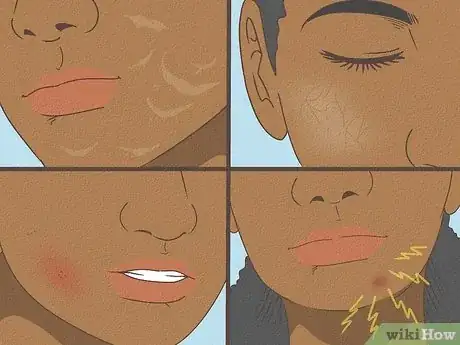
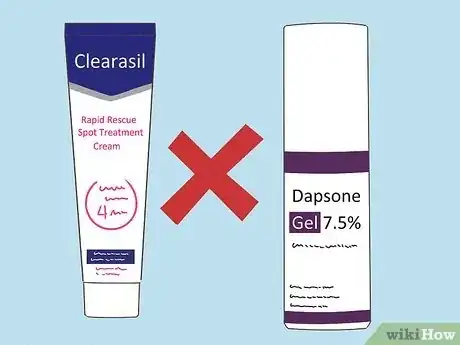
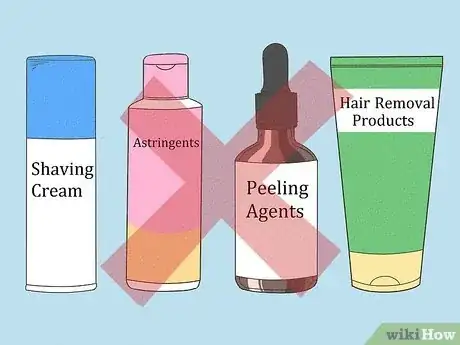

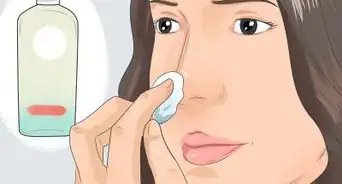
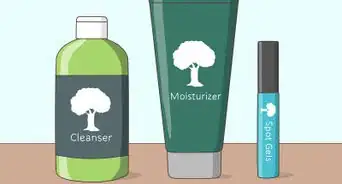
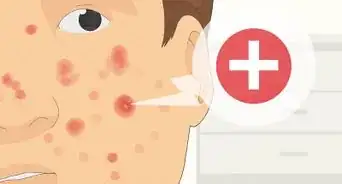

-Step-8-Version-2.webp)
